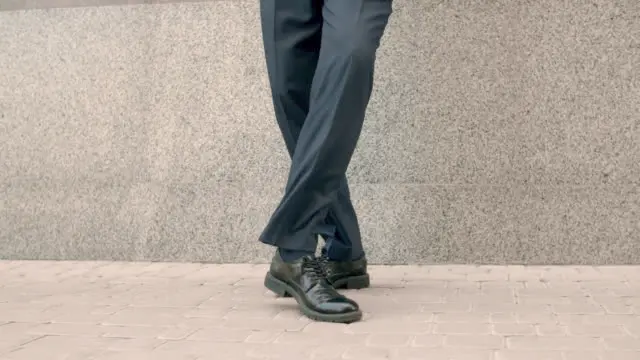
The Influence of Footwear on Workplace Productivity: Finding the Perfect Balance
- Admin
Footwear plays a significant yet often overlooked role in workplace productivity. This article delves into the influence of footwear on employee performance, exploring how the right shoes can enhance comfort, safety, and overall well-being, ultimately contributing to a more productive work environment.
Comfort and Mobility:
Comfortable footwear is essential for employees who spend long hours on their feet, whether standing or walking. Ill-fitting or unsupportive shoes can lead to discomfort, fatigue, and even musculoskeletal issues, negatively impacting productivity. Shoes with adequate cushioning, arch support, and shock absorption can help alleviate discomfort and improve mobility, allowing employees to focus on their tasks without distractions.
Safety and Protection:
In certain industries, such as construction, manufacturing, and healthcare, safety footwear is a crucial requirement to protect employees from workplace hazards. Steel-toe boots, slip-resistant shoes, and anti-static footwear are examples of specialized shoes designed to mitigate the risk of injury and promote workplace safety. By providing employees with the appropriate safety footwear, employers can prevent accidents and injuries, minimizing downtime and ensuring continuity of operations.
Professional Appearance and Confidence:
In addition to comfort and safety, the appearance of footwear can also impact workplace productivity. Employees who feel confident and professional in their appearance are more likely to perform at their best and interact positively with colleagues and clients. Dress codes that specify appropriate footwear contribute to a cohesive and professional work environment, instilling a sense of pride and confidence among employees.
Adapting to Different Work Environments:
The ideal footwear for workplace productivity may vary depending on the nature of the job and the work environment. While office settings may prioritize dress shoes that complement professional attire, industries with more physical demands may require supportive footwear with features tailored to specific tasks and conditions. Providing employees with options that meet their unique needs and preferences fosters a culture of inclusivity and support.
Investing in Employee Well-Being:
Ultimately, investing in the right footwear for employees is an investment in their well-being and productivity. By prioritizing comfort, safety, and professional appearance, employers demonstrate their commitment to creating a conducive work environment where employees can thrive. Additionally, offering benefits such as shoe allowances or subsidies can help offset the cost of quality footwear, further enhancing employee satisfaction and loyalty.
Conclusion:
In conclusion, the influence of footwear on workplace productivity is undeniable. By recognizing the importance of comfort, safety, and professional appearance, employers can empower their employees to perform at their best and contribute to the success of the organization. By investing in the right footwear and promoting a culture of well-being, employers can create a positive work environment where productivity flourishes.
